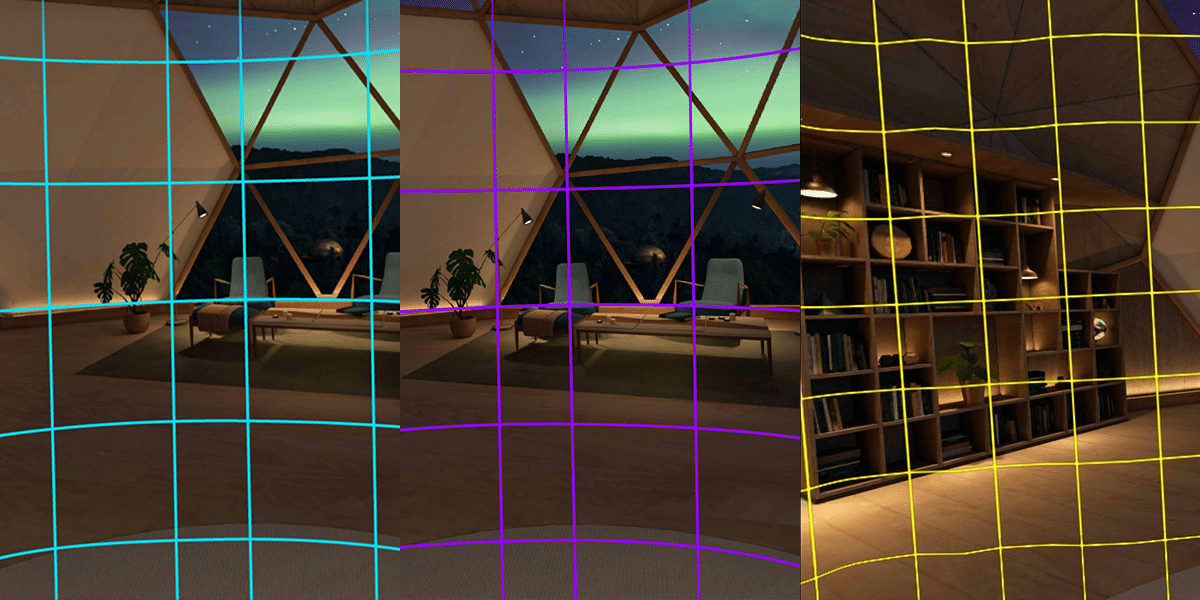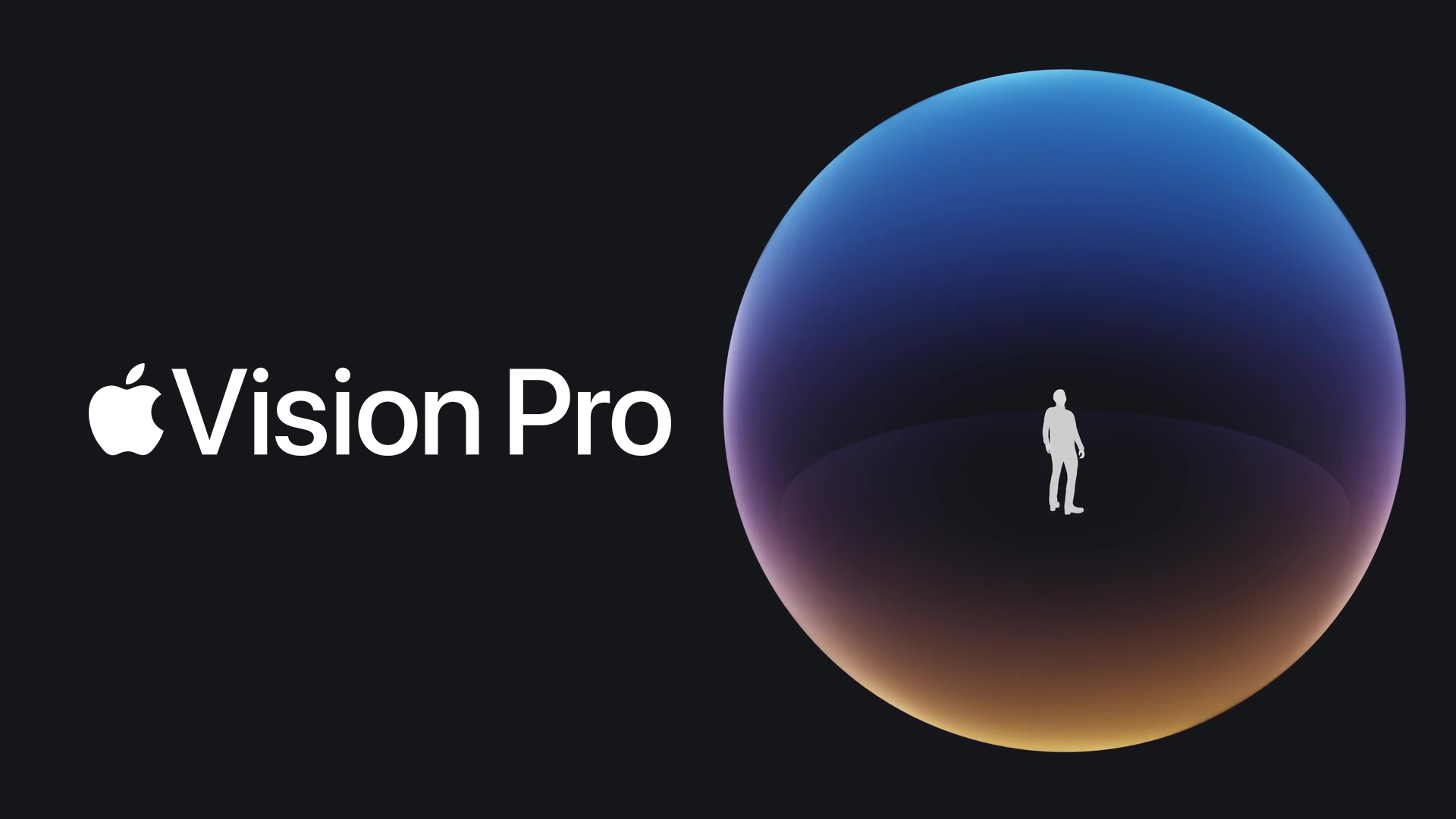Over the past 9 months, Meta rolled out an overhauled Quest boundary system with reduced friction. But the new approach has also turned out to be a dangerous safety regression.
For context, let’s recap how the boundary system worked at the launch of both Quest 3 and Quest 3S.
You start in passthrough when you put the headset on, and that part hasn’t changed. But when launching into a VR experience, if you hadn’t already set up a boundary the headset would start scanning your floor for open space, then suggest a Roomscale boundary, which you’d accept or edit. If there wasn’t enough space for Roomscale, it would suggest a Stationary boundary instead.
So what’s changed? Over the past nine months or so, Meta has slowly rolled out a new system. Instead of initiating the floor scanning process when launching into VR without a boundary, it simply puts you in a Stationary boundary automatically, with no prompt at all. If you want a Roomscale boundary, you need to manually open Quick Settings and switch to it.
The safety issue here arrives in how the Stationary boundary, now the automatic default, has changed since first introduced on the original Oculus Quest.
Originally, when approaching the edge of the Stationary boundary, you’d see the colored grid, showing you the point beyond which it’s unsafe to move. But since 2022, leaving the area just transitions to passthrough. And with the new boundary system introduced this year, this transition happens later than ever, with a wider radius of uninterrupted VR.

This is all well and good when you’re using VR in a large, clear area. But throughout the year, I’ve been contacted by a number of Quest owners who’ve bumped into their walls or furniture, sometimes even injuring themselves.
Some did so because they were unaware that the Stationary boundary is now the automatic default. That’s because Meta didn’t clearly communicate the change. In the release notes for Horizon OS v72, here’s all that the company said:
“In v72, when booting into VR home, you’ll get an automatic stationary boundary. When users enter a VR App, a roomscale boundary is triggered; you won’t be prompted to find or create a boundary if one is already set up. Meta Quest will automatically detect and use the boundary set up near you.”
That suggests that launching a VR app should prompt you to choose between Stationary and Roomscale. But testing on three separate Quest headsets, UploadVR can confirm that this is not the case.
Apple Explains Vision Pro’s VR Playspace Boundaries
Apple explained Vision Pro’s approach to VR playspace boundaries:

It’s obvious why Meta moved to this new boundary system. It significantly reduces the friction needed to get into a VR experience, a crucial issue for the industry to tackle. It’s also very similar to how VR works on Apple Vision Pro.
But on Apple Vision Pro, the always-on LiDAR depth sensing means that visionOS can dynamically fade in passthrough when you approach real-world geometry (objects and furniture). Quest, on the other hand, does not do this. Quest headsets don’t have hardware-level depth sensing, so would only be able to sense obstacles in apps that already use the Depth API, which uses a computer vision approach with a compute and battery cost that would tank the performance of VR apps.
Essentially, Meta is trying to replicate Apple Vision Pro’s frictionless VR experience without having the technology to make it safe. This just isn’t good enough, Meta. Either include a real depth sensor in hardware, like ByteDance does in Pico 4 Ultra, or show the colored grid again. When it comes to such a safety-critical system, Meta can’t have its cake and eat it too.
Article updated shortly after publication to clarify the timeline of changes to Stationary boundary.
Source link
#Quests #Boundary #System #Dangerous #Safety #Regression






























